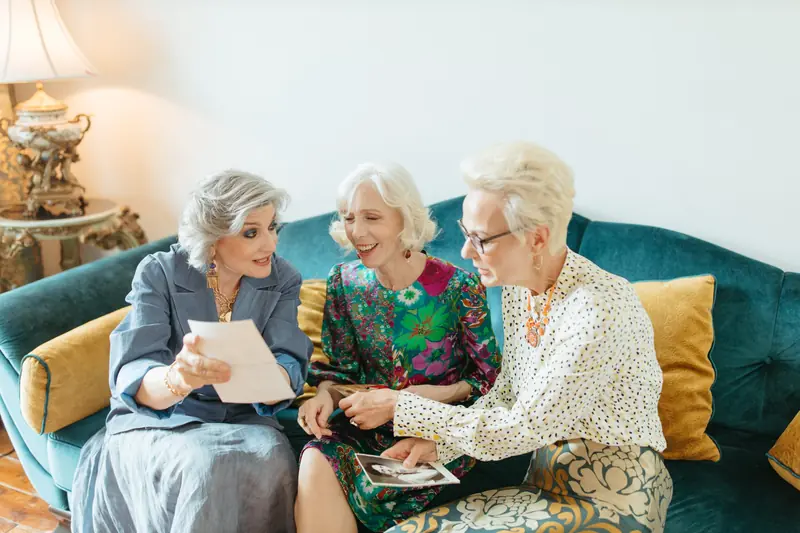
As we age, our perception of the world around us changes along with our bodies. Our senses of taste, smell, hearing, and sight become less acute. A new study has shown that, over the years, the colors around us seem to fade.
It turns out that as we grow older, our sensitivity to colors diminishes. However, researchers assert that this decline does not apply to all hues.
A recent study conducted by a team of scientists from University College London (UCL) sheds light on why some older adults suddenly start wearing very bright clothing.
What the Researchers Discovered
The team compared how young and older individuals reacted to various colors. The experiment involved 17 young participants (average age 27.7 years) and 20 healthy older adults (average age 64.4 years). Participants were placed in a dimly lit room where they were shown 26 different colors, each displayed for five seconds. During this demonstration, researchers measured the diameter of the volunteers’ pupils using a highly sensitive camera known as a pupillometer.
It’s important to note that participants were shown dark, muted, saturated, and light shades of purple, blue, green, yellow, and red, as well as two shades of orange and four shades of gray.
Typically, when we see a color, our pupils constrict in response to any changes in its brightness or saturation. Thanks to the pupillometer, the team was able to record changes in pupil diameter at a rate of 1,000 times per second.
As a result of analyzing the pupillometry data, scientists found that the pupil diameter of healthy older adults constricts less in response to color saturation than that of younger individuals. This was particularly noticeable for shades of green and purple, as reported by IFLScience. Meanwhile, the perception of saturation in lighter shades and blue remained unchanged in the older group of volunteers.
As the researchers noted, “With age, we become physiologically less sensitive to the colorfulness of our environment.” “We hypothesize that colors fade with age and that we become less sensitive to the saturation levels of green or purple colors,” the researchers wrote in their report.
Dr. Janneke van Leeuwen, the lead author of the study, stated, “This work challenges the long-held belief among scientists that color perception remains relatively constant throughout life.” After all, “colors gradually fade with age.”
Why This Happens
The team believes that the age-related sensitivity to color saturation decreases in the primary visual cortex, the area of the brain that receives, integrates, and processes visual information from the retina.
In a previous study, scientists found that similar processes occur in a rare form of dementia known as posterior cortical atrophy (PCA). This condition involves deviations in color perception that may result from a characteristic decline in the brain’s sensitivity to certain tones in the primary visual cortex. Notably, these deviations primarily affect green and purple hues.
The findings of this study were published in the journal Scientific Reports.
